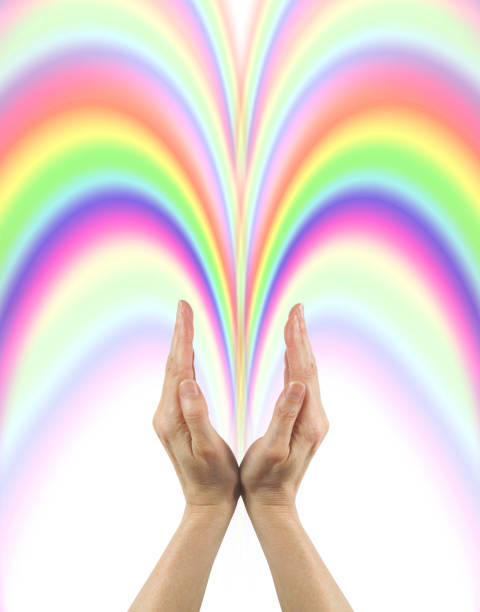The science of colorology is a fascinating exploration of how different colors have an effect on our bodies, minds, and emotions. It is a field of study that investigates how color can be used to enhance physical, spiritual, and mental health. For example, certain colors can be used to help people relax, or energize them for a workout. It can also be used to stimulate creativity or to brighten a person’s mood.
Color is everywhere and affects our lives in numerous ways. Bright colors draw out feelings of joy, while duller colors can promote feelings of sadness and depression. A room painted in pale blue, for example, may be tranquil and calming and could be the perfect place to relax, while a brightly-colored room may be seen as being stimulating and energetic.
The color theory was first developed by Johann Wolfgang von Goethe in the late 18th century and it still provides a basis for color theory today. Many experts use this theory to better understand the psychology and physiology behind color. This is because we respond to certain colors in subconscious ways.
Colors are also associated with certain emotions and this is one of the key tenets of colorology. Different colors evoke different emotional responses, such as joy, peace, anxiety, and anger. A room painted in blue, for example, might be calming, whereas a yellow room might give off an optimistic and cheerful feeling. By understanding the different psychological effects of color, individuals can learn how to manipulate their behaviors and emotions by surrounding themselves with certain hues.
Colorology’s also look at the effects of color on the body and its systems. Studies have shown that warm colors, such as orange, red, and yellow, can stimulate energy and emotions. Cool colors, on the other hand, like green and blue, can evoke feelings of serenity and relaxation. For example, red might be the perfect color to boost alertness and creativity, while blue can promote a sense of calming tranquility.
One final aspect of colorology is its influence on our spiritual lives. Many cultures around the world assign certain colors to specific meanings. For instance, in China, the color red is associated with prosperity and success, while in Japan, white is often a symbol of purity. Color can also symbolize something spiritual, like blue being the color of wisdom and faith. By understanding the deeper meanings of certain colors, we can use them to uplift our spirits.
In conclusion, the science of colorology is a fascinating field that is rapidly gaining momentum. It looks at the relationship between different colors and how they affect our physical, mental, emotional, and spiritual well-being. With more research, colorology’s are certain to unlock the secrets of how hues can be used to enhance our lives.
